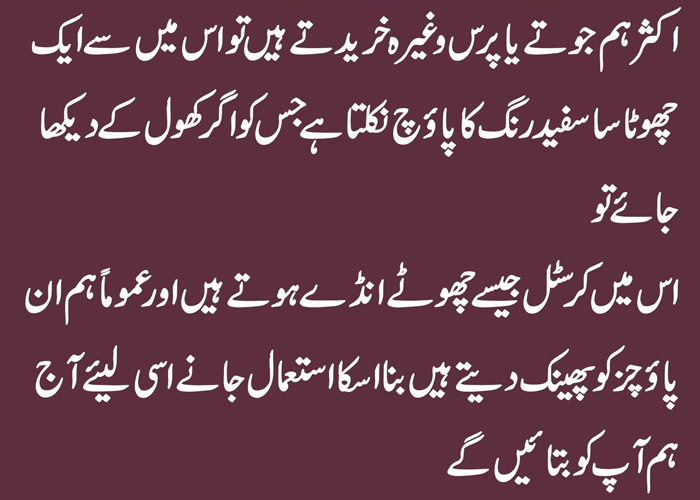Dental cleaning and polishing are essential components of preventive dental care that contribute to maintaining optimal oral health and hygiene. While both procedures focus on removing plaque and stains from the teeth, they serve distinct purposes and involve different techniques. This article explores the differences between dental cleaning and polishing, their respective benefits, and the cost associated with each procedure.
Understanding Dental Cleaning and Polishing
Dental cleaning, also known as prophylaxis or scaling and root planing, involves the removal of plaque, tartar, and bacteria from the teeth and gumline. Dental polishing, on the other hand, focuses on smoothing and polishing the tooth surfaces to remove surface stains and improve aesthetics.
Importance of Regular Dental Cleanings
Regular dental cleanings are essential for preventing gum disease, cavities, and other oral health problems. Professional cleanings remove plaque and tartar buildup that cannot be removed by brushing and flossing alone, reducing the risk of dental issues and promoting overall oral hygiene.
Dental Cleaning vs. Polishing
While dental cleaning and polishing are often performed together as part of a comprehensive dental hygiene appointment, they serve different purposes. Dental cleaning focuses on removing plaque and tartar buildup from the teeth and below the gumline, while polishing aims to smooth and polish the tooth surfaces to remove surface stains and enhance dental aesthetics.
Procedure for Dental Cleaning









The procedure for dental cleaning typically involves several steps, including an initial examination, removal of plaque and tartar using specialized instruments, scaling and root planing to clean below the gumline, and polishing to smooth and polish the tooth surfaces.
Procedure for Dental Polishing
Dental polishing is usually performed after dental cleaning and involves using a rotating rubber cup or brush attached to a dental handpiece to apply a polishing paste to the tooth surfaces. The polishing process removes surface stains and smoothens the enamel, enhancing the appearance of the teeth.
Benefits of Dental Cleaning
The benefits of dental cleaning include:
- Preventing gum disease: Removing plaque and tartar buildup helps prevent gingivitis and periodontitis.
- Preventing cavities: Cleaning the teeth reduces the risk of cavities and tooth decay.
- Freshening breath: Eliminating bacteria and food particles helps improve breath odor.
Benefits of Dental Polishing
The benefits of dental polishing include:
- Removing surface stains: Polishing removes extrinsic stains caused by coffee, tea, tobacco, and other sources.
- Smoothing tooth surfaces: Polishing smoothens the enamel, making it more resistant to plaque buildup and staining.
- Enhancing aesthetics: Polishing improves the appearance of the teeth, making them appear brighter and more attractive.
Cost Comparison
The cost of dental cleaning and polishing varies depending on factors such as geographic location, the extent of cleaning required, and the dentist’s fees. Generally, dental cleaning is more affordable than polishing, as it is considered a basic preventive procedure covered by most dental insurance plans.
Frequency of Dental Cleanings and Polishing
The American Dental Association (ADA) recommends scheduling dental cleanings every six months to maintain optimal oral health. However, the frequency of dental polishing may vary depending on individual needs and preferences. Some patients may benefit from annual or biannual polishing to maintain dental aesthetics and hygiene.






